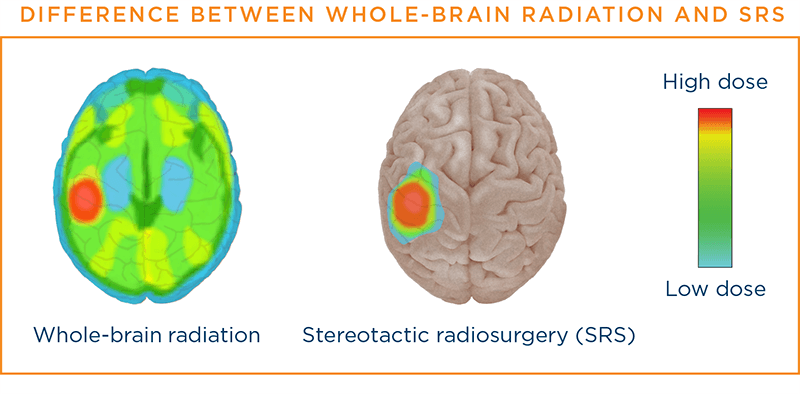Results showed that proton treatment was safe and effective for treating early non small cell cancers in either the central parts of the lung or on.
Proton beam therapy for small cell lung cancer.
The challenges of lung cancer treatment.
The ability of proton beam therapy pbt to reduce doses to these oars has been described for locally advanced non small cell lung cancer nsclc and dosimetric improvements have been demonstrated in comparison with intensity modulated radiotherapy imrt and 3 dimensional conformal rt.
We report our experience using proton beam therapy and intensity modulated radiation therapy for reirradiation in such cases focusing on patterns of failure criteria for patient selection and predictors of toxicity.
Slater md proton treatment and research center began using proton therapy for lung cancer in the mid 1990s teams led by dr.
The five year survival rate is just 15 percent among those diagnosed with the disease.
Lung cancer usually begins in the cells lining the bronchi and often grows for a long time without producing symptoms.
Lung cancer is the leading cause of cancer mortality in the united states and remains a significant health problem worldwide.
Lung cancer remains the number one cancer killer among men and women in north america.
Intrathoracic recurrence of non small cell lung cancer nsclc after initial treatment remains a dominant cause of death.
We can attack tumors layer by layer and minimize harmful exposure to surrounding healthy tissue and organs.
3 5 the dosimetric benefits of pbt could lead to.
Proton beam therapy reirradiation non small cell lung cancer nsclc intensity modulated proton therapy impt introduction lung cancer today remains one of the leading causes of cancer related mortality worldwide with an estimated 222 500 new cases and 155 870 deaths expected in the united states in 2017 1.
Giving carboplatin paclitaxel and proton beam radiation therapy may work better in treating patients with non small cell lung cancer.
Proton therapy for lung cancer treatment.
Targets lung cancer with precise effective doses of radiation for successful outcomes in lung cancer treatment.
Radiation therapy uses high energy protons to kill tumor cells and shrink tumors.
Bush conducted several clinical studies and followed patients for periods as long as twelve years.
Compared with older passive scattering proton therapy treatment our pencil beam scanning technology precisely delivers proton beam radiation treatment for lung cancer within 2 millimeters and with the utmost care.









